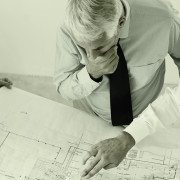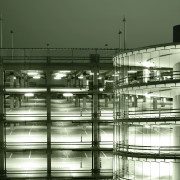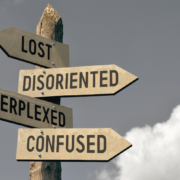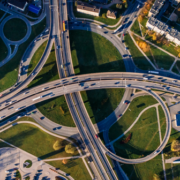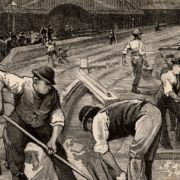The Phasing Out of QIP Rules is Creating new Section 179D Lighting Opportunities
Though 2017’s Tax Cuts and Jobs Act (TCJA) is well in our rearview mirror, businesses (as well as individuals) benefited from its provisions. One of its primary targets was the corporate tax structure, with the intention of stimulating business investment and economic growth. Among the many provisions, the Act made substantial changes to the treatment of Qualified Improvement Property (QIP) – incentivizing businesses to acquire and invest in such assets.
Qualified Improvement Property (QIP)
Before the TCJA, Qualified Improvement Property (a category that includes any improvement to an interior portion of a building that is nonresidential real property) was depreciated over a 39-year period. However, the TCJA intended to reduce this to a 15-year period, making it eligible for 100% bonus depreciation.
While this change was a key goal of the TCJA, it was initially not enacted correctly due to a drafting error in the law, which continued to categorize QIP as 39-year property, thus making it ineligible for bonus depreciation. This error, often referred to as the “retail glitch,” was corrected in the Coronavirus Aid, Relief, and Economic Security (CARES) Act signed into law in March 2020, allowing QIP placed in service after December 31, 2017, to be treated as 15-year property and thus eligible for 100% bonus depreciation.
The TCJA also expanded the Section 179 expensing limit. Under Section 179, businesses could deduct the full purchase price of qualifying equipment and/or software purchased or financed during the tax year. Pre-TCJA, businesses could deduct up to $500,000, with the deduction phase-out beginning at $2 million in total equipment purchases. Post TCJA, the expensing limit was doubled to $1 million, and the phase-out was increased to $2.5 million.
QIP Phase Out
The QIP benefit is now set to phase out over time. Assets placed in service after Sept. 27, 2017, and before January 1 are the last that qualify for the full deductible amount. While the bonus percentage is still in play after this date, it will drop by 20 points each year until it eventually phases out for the 2027 tax year.
It’s important to remember that for assets to qualify for the QIP, asset acquisition is only the first step. Any interior improvement, as defined by QIP, must also be placed in service during the calendar year deadline. This is something to keep in mind for planning purposes, especially during the third and fourth quarters of each year through 2027. Delaying the deployment of these improvements into project service before the end of the calendar year could mean losing out on an additional 20 percent deduction when calculating the asset depreciation.
Section 179D an Alternative
Section 179D and QIP depreciation both provide tax advantages for businesses, but they work in different ways and are beneficial under different circumstances. One non-structural improvement that qualifies for QIP depreciation is lighting. As the phase out occurs, it may be more advantageous to revisit the basis available through §179D as they exist independent of QIP rules and will not be exhausted during the phase out.
By claiming the lighting upgrade under §179D, a property owner can deduct the full cost of the lighting system in the year it was placed into service rather than taking a reduced depreciation through the QIP phase out. This can provide significant tax savings and be particularly beneficial for business with substantial income in the current calendar year that need immediate tax relief.
David Diaz, a partner at Walker Reid Strategies, a licensed engineering firm specializing in §179D studies and §45L certifications, is an expert in energy efficiency and tax services. You can find more information about him and his insights at www.walkerreid.com and through webinars. You can also reach him at ddiaz@walkerreid.com for more details.



